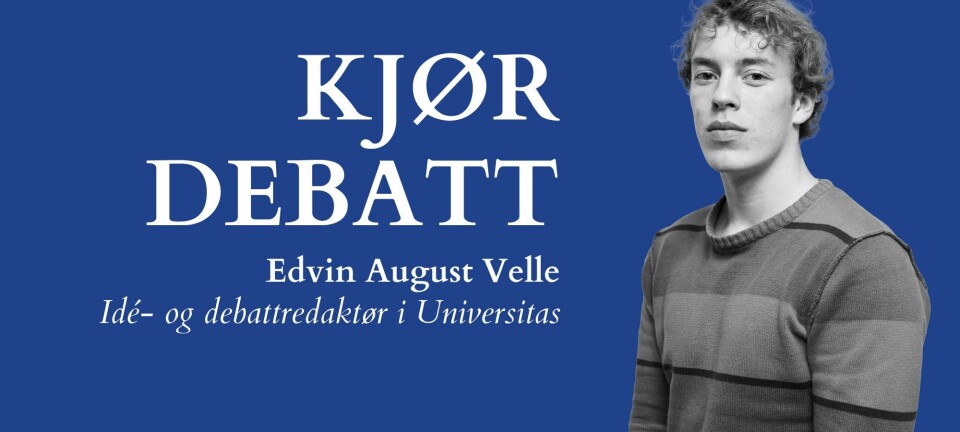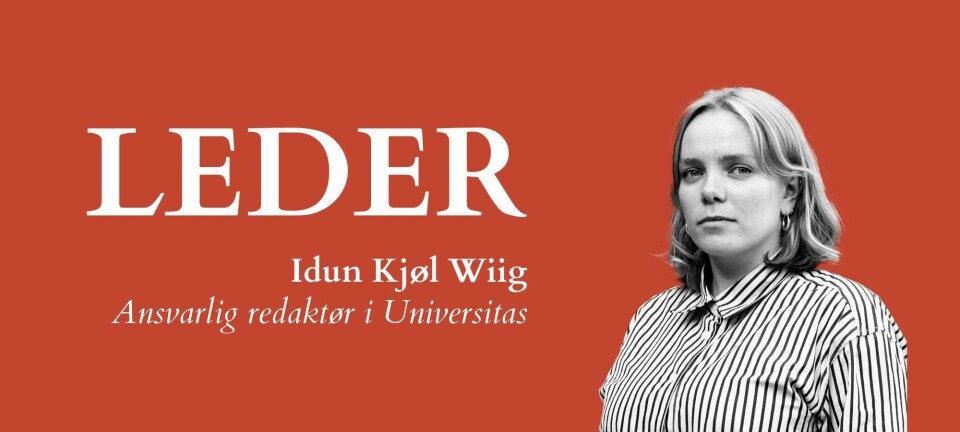
Women take on the top
The leader positions in student politics are dominated by women, both on a national and on a local basis. -Completely natural, say the leader women themselves.
When Association of Norwegian Students Abroad (ANSA) last weekend elected Karoline Ringdal Myklebust President, the organization joined in on the trend of female leaders in student politics. The National Union of Students in Norway (NSU), Norwegian Association of Students (StL) and Norwegian Students’ and Academics’ International Assistance Fund (SAIH) did all elect new female chairmen this year.
– In many ways I think it is incidental that there are so many women with leading positions at the same time. Still, this is probably a symptom of the fact that there are many young women in higher education now. Females are in majority, and that is reflected in the student politics, says president in NSU Anne Karine Nymoen.
Five leading women
The female dominance is also clear in Oslo. Six out of nine member institutions in The Foundation for Student Life in Oslo (SiO) have women leading the student committees. Only the leaders of the student committees by BI Norwegian School of Management, The Norwegian School of Veterinary Science and Oslo National Academy of the Arts have the potential of growing facial hair.
The most uneven gender distribution, however, is found in the executive committee of The Welfare Council (VT), which is the superior body that governs the student welfare in SiO. The executive committee consists of five women and no men.
The president of VT Jenny Nygaard is not worried about the lack of gender balance in her executive committee.
– In my colleagues I value personal qualities regardless of gender, she says. – In addition, the gender balance in student political assignments varies from year to year.
– One step further
– The women of this generation are eager and glad to state their opinion. They want to be where they can influence and make decisions, says organization sociologist Anne Grethe Solberg.
She thinks that the large number of women in student political leader positions can indicate that this generation’s women are a little different than their mothers and grandmothers.
– We have seen the same tendency in secondary school for a long time. Maybe that’s what we can see in higher education now, says Solberg.
Nymoen in NSU is not worried that leader positions in student politics will become too dominated by women.
– The gender balance controls itself, she states.
When Nymoen was elected new president in NSU in april, all her competing candidates were women.
– Are men not involved enough in student politics?
– Students in general should be more involved in student political matters, says NSU’s Nymoen.
Student committees are led by women at seven out of eight faculties at the University of Oslo (UiO). The student committee by the Faculty of Mathematics and Natural Sciences has, perhaps not surprisingly, a man in a leading position.
The future CEO of StatoilHydro?
According to organization sociologist Solberg, the increase of women in leading positions may also indicate that the equal status between the sexes has gone one step further.
– Gender does not have the same importance as before, and it does not matter as much whether you are a man or a women, says Solberg.
– Young, female students is a group marked by excellence, and it is resourceful. Maybe the future CEO of StatoilHydro or the President of The Confederation of Norwegian Enterprise (NHO) is among these women. We can hope that they are the leaders of the future, but that remains to be seen.
































